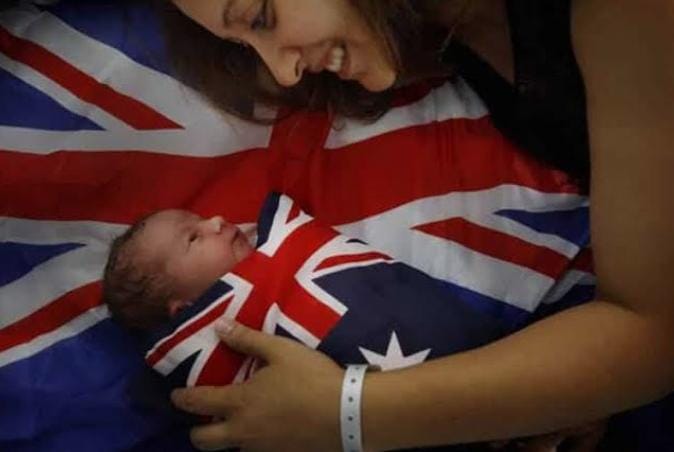Welcoming a newborn into the family is a joyous occasion, but for families living in Australia on a temporary visa, it also brings important legal responsibilities, especially when it comes to immigration attorneys and visas. If your baby is born in Australia while you are on a temporary visa, you may need to apply for a visa for your newborn to ensure they have the right to stay and live in the country legally. Navigating visa applications for newborns can feel complicated and overwhelming.
How To Apply Visa for a Newborn Baby in Australia
Here’s a step-by-step guide on how to apply for a visa for your newborn baby in Australia, including eligibility criteria, documentation requirements, timelines, and tips to make the process smoother.
Step 1: Notify the Department of Home Affairs About the Birth
Once your baby is born, notify the Department of Home Affairs as soon as possible. This is important because the department needs to be aware of any changes to your visa status or family situation.
- If you already hold a visa, contact the department to inform them and ask about the process to add your baby to your visa or apply for a new visa for them.
Step 2: Check Your Visa Conditions and Eligibility
Review the conditions of your current visa to understand whether your newborn baby can be added as a dependent or if you need to apply for a new visa subclass.
- Most temporary visas allow for dependents, but specific rules vary.
- Some visas require you to notify the department within a certain timeframe after the birth.
- If you hold a bridging visa, check eligibility for the newborn to be granted a similar bridging visa.
Step 3: Gather Required Documents
Prepare all necessary documentation before submitting your application. Typical documents include:
- Birth Certificate or Official Birth Notification: Issued by the hospital or registry.
- Parent’s Passport and Visa Details: To establish the relationship and current visa status.
- Proof of Relationship: Sometimes required to show parental custody or guardianship.
- Health and Character Documents: Depending on visa subclass, health checks or police clearances may be necessary (usually not for newborns, but check specific requirements).
- Application Form: Specific to the visa subclass.
Step 4: Lodge the Visa Application or Notification
Depending on your visa type, either:
- Submit a notification to add the baby as a dependent on your existing visa, or
- Lodge a new visa application for your baby online via the Department of Home Affairs website.
Make sure to complete all forms accurately and attach scanned copies of all documents. For many temporary visas, this can be done online through your ImmiAccount.
Step 5: Pay Applicable Fees
Visa applications usually attract fees, which vary by visa subclass. Fees for adding a dependent child or applying for a child visa can be substantial, so ensure you budget accordingly.
In some cases, if applying for a bridging visa, fees may be waived or reduced.
Step 6: Await Processing and Respond Promptly to Requests
Processing times vary depending on the visa type and complexity of the application. The Department of Home Affairs may contact you for additional information or documents.
- Respond promptly to avoid delays.
- Keep copies of all correspondence for your records.
Step 7: Receive Visa Grant Notification and Ensure Visa Conditions are Understood
Once the visa is granted, you will receive a notification outlining your newborn baby’s visa status, duration, and conditions.
- Verify that the visa expiry aligns with your visa or permanent residency timeline.
- Understand any restrictions, such as work rights or study conditions.
Conclusion
Applying for a visa for your newborn baby in Australia requires careful attention to immigration regulations and deadlines. By understanding your visa options, gathering the right documents, and following the steps outlined above, you can secure the legal status your child needs to live in Australia comfortably and without legal complications.Remember to notify the Department of Home Affairs promptly after the birth, ensure you meet visa conditions, and consider professional assistance if your case is complex. With the right preparation, your newcomers will soon be fully integrated into your Australian home.


Post a Comment